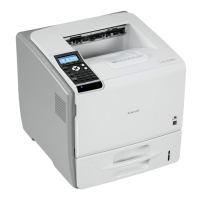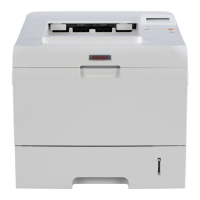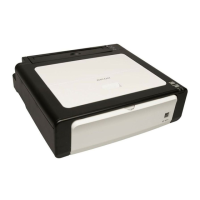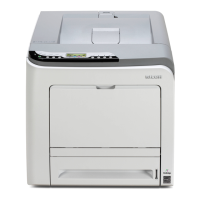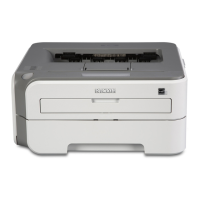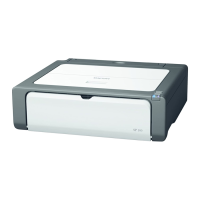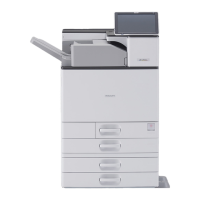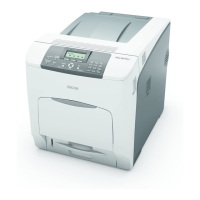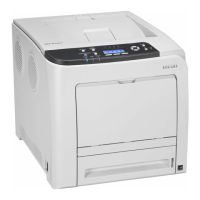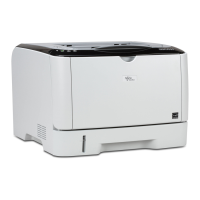If global groups have been registered under Windows server, you can limit the use of functions for
each global group.
You need to create global groups in the Windows server in advance and register in each group the
users to be authenticated.
You also need to register in the printer the functions available to the global group members.
Create global groups in the printer by entering the names of the global groups registered in the
Windows Server. (Keep in mind that group names are case sensitive.) Then specify the printer functions
available to each group.
If global groups are not specified, users can use the available functions specified in "*Default Group".
If global groups are specified, users not registered in global groups can use the available functions
specified in "*Default Group". By default, all functions are available to "*Default Group" members.
Specify the limitation on available functions according to user needs.
In addition, depending on your environment, you can enter the group name in the blank area of the
"Group Settings for Windows Authentication" box, and then specify the printer functions.
Windows Authentication will be applied to the selected functions.
Users can use the selected functions only.
6. Click [OK].
7. Click [Logout].
8. Close Web Image Monitor.
• Under Windows Authentication, you can select whether or not to use secure sockets layer (SSL)
authentication.
•
To automatically register user information under Windows authentication, it is recommended that
communication between the printer and domain controller be encrypted using SSL.
• Under Windows Authentication, you do not have to create a server certificate unless you want to
automatically register user information using SSL.
Installing Internet Information Services (IIS) and Certificate services
Specify this setting if you want the printer to automatically obtain user information registered in Active
Directory.
We recommended you install Internet Information Services (IIS) and Certificate services as the Windows
components.
Install the components, and then create the server certificate.
If they are not installed, install them as follows:
Windows Server 2008 R2 is used to illustrate the procedure.
1. On the [Start] menu, point to [Administrator Tools], and then click [Server Manager].
3. Configuring User Authentication
40
